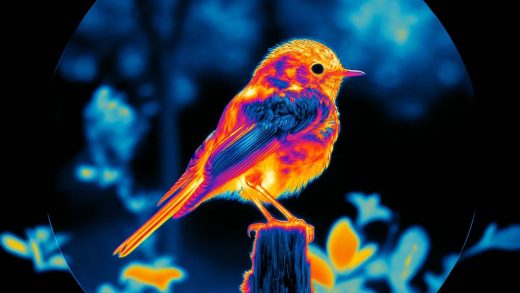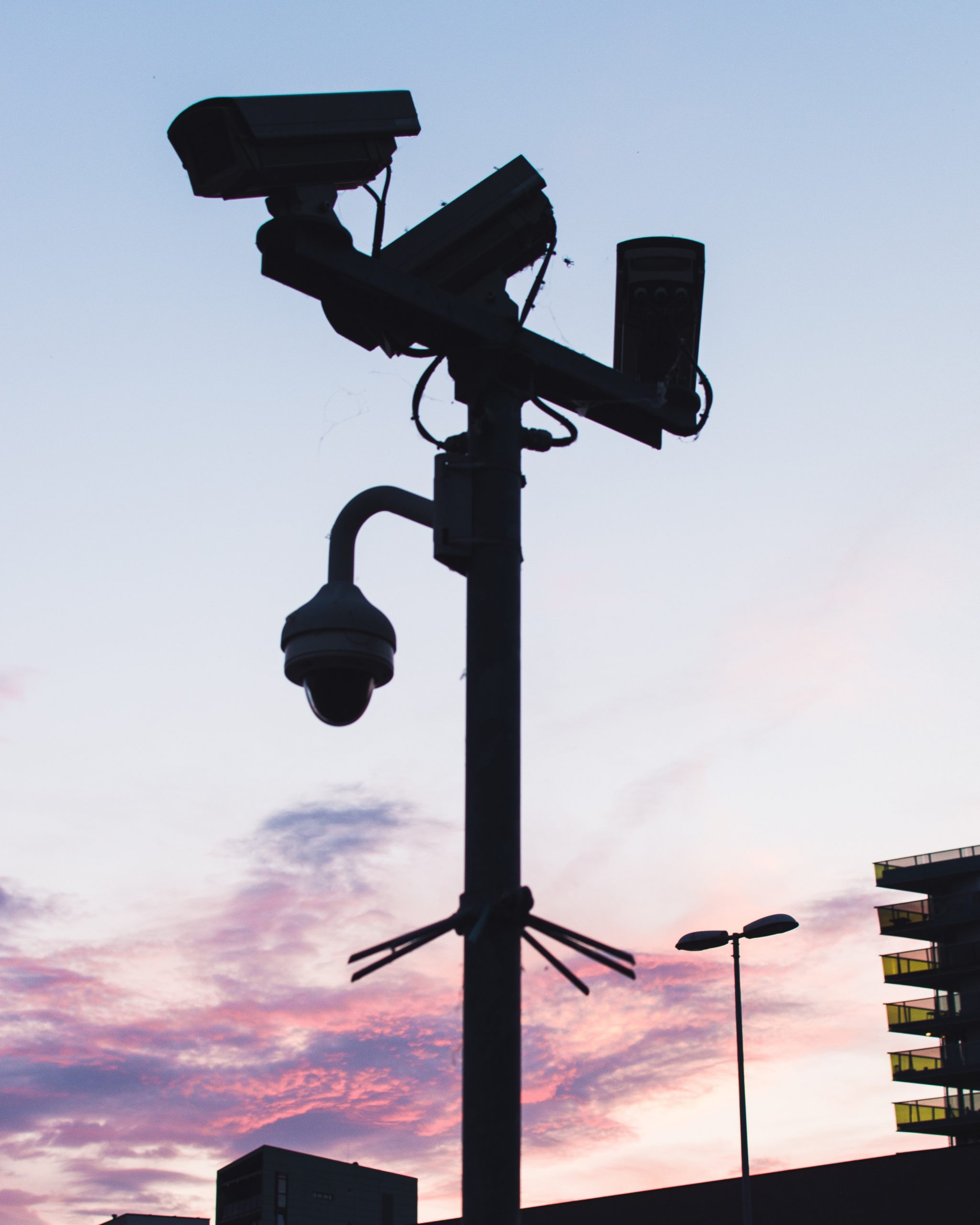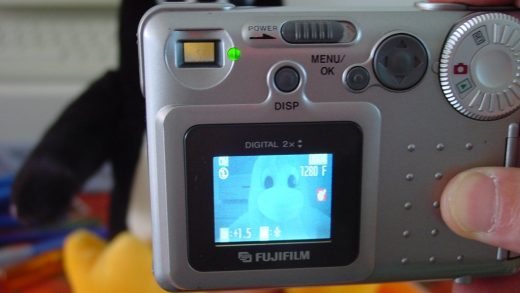Thermal imaging cameras are devices that capture images based on heat signatures. By detecting infrared radiation, they allow us to see things that would otherwise be invisible to the naked eye. Thermal imaging can have a variety of applications, from monitoring industrial equipment for potential hazards to search and rescue operations in low-visibility conditions.
One of the most common uses for thermal imaging is security and surveillance. Thermal cameras can be used to detect intruders in low-light or complete darkness, as well as to monitor critical infrastructure for potential threats. In many cases, thermal imaging can provide earlier detection of potential problems than traditional visual methods.
Thermal imaging cameras can also be used in a variety of industrial settings. By monitoring the heat signatures of machines and other equipment, they can help identify potential problems before they cause damage or downtime. In some cases, thermal imaging can also be used for predictive maintenance, by detecting early signs of wear that could lead to future failures.
Thermal imaging can also have a number of other applications, including search and rescue operations, firefighting, and agricultural monitoring. In each case, the ability to see heat signatures can provide a critical advantage in difficult or dangerous conditions.
How are thermal imaging cameras used in various industries?
Thermal imaging cameras have a variety of uses in different industries. In general, they are used to detect and monitor heat signatures. This can be used for security and surveillance, industrial monitoring, or other applications.
One of the most common uses for thermal imaging is in security and surveillance. Thermal cameras can be used to detect intruders in low-light or complete darkness, as well as to monitor critical infrastructure for potential threats. In many cases, thermal imaging can provide earlier detection of potential problems than traditional visual methods.
Thermal imaging cameras can also be used in a variety of industrial settings. By monitoring the heat signatures of machines and other equipment, they can help identify potential problems before they cause damage or downtime. In some cases,
The benefits of using thermal imaging cameras
One of the most significant benefits is that they can help improve security and surveillance. Thermal cameras can be used to detect intruders in low-light or complete darkness, as well as to monitor critical infrastructure for potential threats. In many cases, thermal imaging can provide earlier detection of potential problems than traditional visual methods.
Thermal imaging cameras can also be used in a variety of industrial settings. By monitoring the heat signatures of machines and other equipment, they can help identify potential problems before they cause damage or downtime. In some cases, thermal imaging can also be used for predictive maintenance, by detecting early signs of wear that could lead to future failures.
Thermal imaging can also have a number of other benefits, including search and rescue operations, firefighting, and agricultural monitoring. In each case, the ability to see heat signatures can provide a critical advantage in difficult or dangerous conditions.
How to use a thermal imaging camera correctly
There are a few things to keep in mind when using a thermal imaging camera. First, it is important to understand the limitations of the camera. Thermal cameras can only see heat, not light. This means that they will not be able to see objects that are not emitting heat.
Second, thermal cameras need to be calibrated regularly. This ensures that the images produced by the camera are accurate.
Finally, it is important to use the correct settings for the desired application. For example, if you are trying to find a person in the dark, you will need to use a different setting than if you are trying to find a hot spot on a piece of machinery.
By following these tips, you can ensure that you get the most out of your thermal imaging camera.


